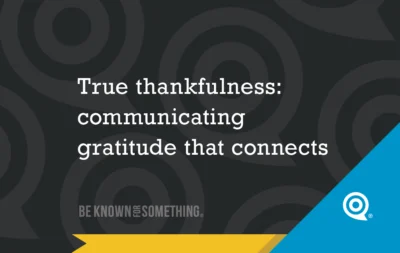4 Sermon Tips to Help Them Communicate Better

I’m not a Minister or a Pastor. However, I’m a communications person. All communicators aren’t Pastors; and sadly, all Pastors aren’t effective communicators. I’m not talking about you. I’m talking about the leader in charge of the church down the road.
We all need to be reminded of effective communications. Especially if we are in a position of communications. Each week I teach a Bible Study of 130 adults. We have prayer time and announcements and then I speak (or lead discussion) for about 45 minutes. This is longer than most sermons in church services, so I need to make sure I don’t break my cardinal rule:
Always stop speaking in a sermon before they stop listening.
Here are 4 practical tips to consider when preaching, teaching, or communicating:
- Length of Sermon. In this world of snippets, tweets, and commercials, please be mindful that the average person has an attention-span of about… 8 seconds. Seriously. Microsoft conducted a test of how long it takes for us to lose concentration. This is because we have so many options around us. I’m not suggesting an 8 second sermon; but be aware that most people let their minds wander very quickly.
- Interruptions in Sermons. So, like a good website page that interrupts the eye while people are scanning the content, be sure to interrupt your sermons. Don’t have anything “the same” for extended periods of time. Don’t read long passages of scripture, don’t drone on and on about a point, or tell excruciatingly long stories. Interject short interruptions between parts of your sermon.
- Stories in Sermons. We’ve all been in a sermon with our minds wandering. Nothing brings everyone’s attention back to the pulpit like “the other day when I was out shopping, I saw the craziest thing”. Yes, a personal story. Keep it short, make sure you connect it to the sermon of course. Even better? Have an interruption of a church member telling a story (live or in a video).
- Multiple learning styles in Sermons. Everyone learns differently. Visual, tactile, and auditory are the 3 main ways. Most sermons rely on auditory connection. Very few people learn that way (some studies say as low as 12%). That can make a sermon feel VERY long and boring. Most learn visually while about a third learn by doing. The more styles you can incorporate in your sermon, the better.
We have the Word of God that we’re communicating. Each one of us MUST continually hone our communication skills so that we reach every person in our audience and we mustn’t let our sermons be a barrier to the Good News.
Want 25 Game-Changing Resolutions?
Related Posts

True thankfulness: communicating gratitude that connects
We’re just a couple weeks away from Thanksgiving. Though you might not know it by the jingling commercials already flooding

AI Prompts Every Church Communicator Should Be Using
Artificial Intelligence (AI) isn’t replacing church communicators, it’s simply helping the good ones work smarter. Tools like ChatGPT (and similar)

Church Growth Strategy: Clarity That Connects
Most churches pray for growth but overlook one of their most effective tools: a clear church growth strategy built on

